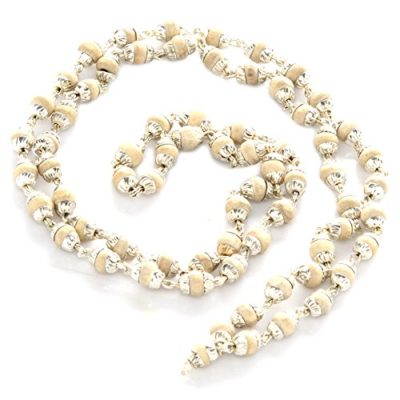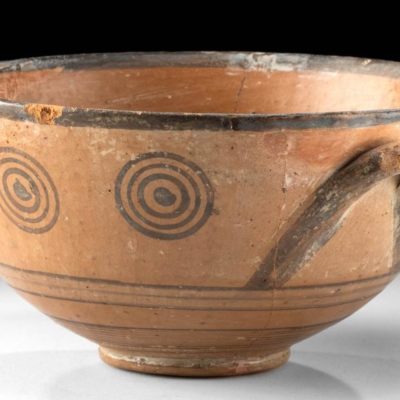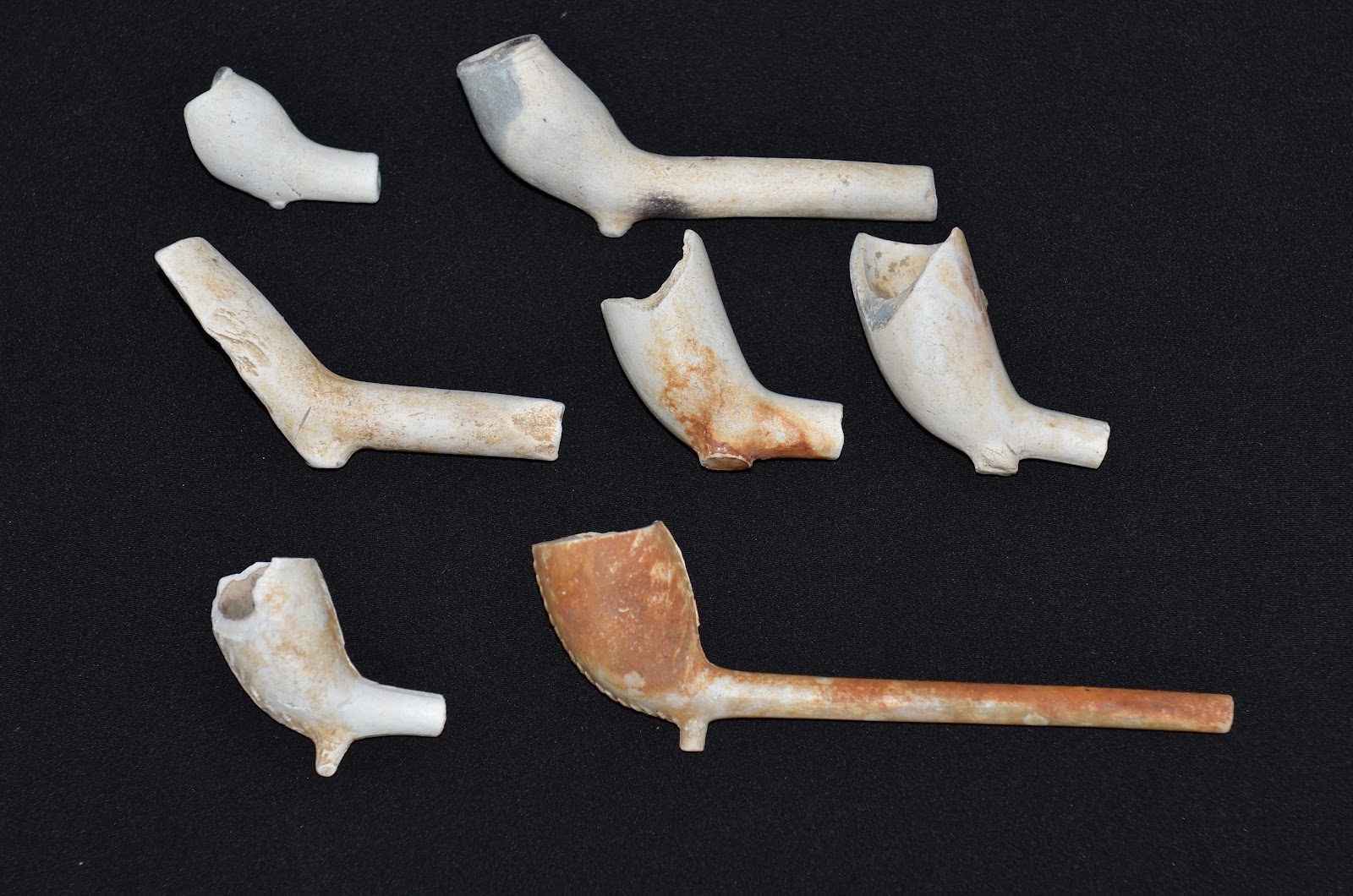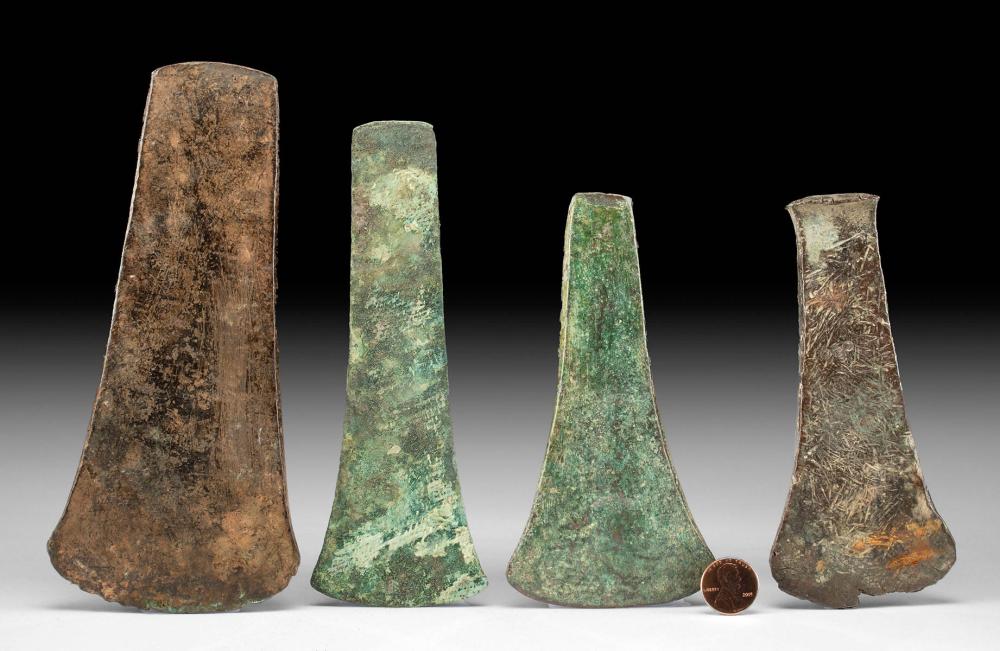They called themselves “yeh is wah h’reh”, which in their native language, possibly translated into “people of the river”. When Hernando de Soto (1540), Juan Pardo (1567), and John Lawson (1701) met these people, they used the names Esau and Issa and Iswa, all of which may have meant the “river”. Since the last native that spoke the dialect died in the early twentieth century, we do not know the exact meanings of these words. But today we know them from the Euro/American corruption of the Choctow Indian name for them – “Katape” or Catawba.

These people supposedly moved from the upper Midwest into what is now North and South Carolina sometime around AD 1650 and built villages along the stream that would take their name, the Catawba River. There they have lived for at least 350 years despite the smallpox epidemic of 1738, the various wars in which they fought and the land grabbing colonists in the Treaty of 1763. They have lived there and died there with their populations diminishing and then thriving and through it all they have made pottery.

Ceramic pottery has been made by the natives of the Carolina Piedmont (and probably many other areas in the eastern half of our country) for at least three thousand years. If the Catawba moved to the region in the seventeenth century, they could have brought their pottery making tradition with them or adopted it after arrival. We do know that they were making clay vessels in the early eighteenth century and trading them to European colonists in and around Charleston, SC. And they are still making pottery today in the twenty-first century.
These native Americans never used a pottery wheel to spin lumps of clay into vessel forms. Instead they rolled this natural plastic silicate into long cylindrical strips and coiled these strips vertically into the desired size and shape of the pottery needed. But before this could happen, they needed to dig suitable material from clay sources along the streams bordering the river. They used, and still use, three types of the substance – pipe clay which is soft and pliable, pan clay which is more solid and stiff and gritty blue clay which is a tempering agent. After cleaning the clay of impurities, the three types were thoroughly mixed and could then be used to the coil the vessel shapes. Upon finishing the coil building process, the artisan scraped and smoothed the pot, both inside and outside, using a mussel shell or similar tool, so as to meld the coils into one continuous surface. The smoothing was continued using slick river rocks (many of which have been passed down through generations of family members) until a glossy burnished surface was obtained. After these “green” pots had air dried, they were cured in an open air fire pit until almost rock hard. The Catawba have never used any type glazes or paints on their pottery vessels but they did occasionally incise odd motifs which apparently relate to the more ancient AD 1000-1550 Mississippian Period. This could mean that the Catawba did not migrate from the north in the seventeenth century but may have been in the Piedmont for a thousand or more years. The beautiful mottled appearance, called fire cloud markings by collectors, is caused by the relatively low heat fire reduction method of burning the pottery. The various shapes of these vessels included, but were not limited to, the basic cooking pot, the water jug, the milk pan, the wedding jug, the water pitcher, the flower pot, the snake effigy bowl, Indian Head jars and bowls, various animal effigy forms and smoking pipes. The pipes included more than twenty variations, most of which were single person use or “personal” pipes. The most unusual of these were the Indian Head pipes which depicted a feather headdress covered head said to be a depiction the eighteenth century Catawba King Hayler. The pipe group also included the council or peace pipes which had four or more stems for simultaneous use by multiple smokers. All these vessel types continue to be made by Catawba potters today but in limited numbers. Until the 1970’s, very little Catawba pottery was signed and dated by the makers but that has now changed. Many of the celebrated master potters of the nineteenth and twentieth centuries, such as Susannah Owl (1847-1934), Arzada Sanders (1896-1989), Georgia Harris (1905-1997), and Doris Blue (1905-1985), signed few of their creations (until the mid 1970’s for the ones alive at that time) and the student has to have a great knowledge into individual potter’s techniques to know just who made much of this unsigned pottery. Georgia Harris, acknowledged as the greatest modern Catawba potter, is the only tribal member to be awarded the prestigious National Heritage Fellowship Award (posthumously) from the National Endowment of the Arts.
Today collectors, scholars and museums actively pursue older Catawba pottery as well as the earthenware being made by contemporary ceramists. And well they should since these vessels comprise the oldest art form still being produced in the Carolinas – this venerable pottery – this graceful pottery – this rare pottery – this Catawba Indian Pottery.
REFERENCES:
Blumer, Thomas J.
CATAWBA INDIAN POTTERY: THE SURVIVAL OF A FOLK TRADITION
2004
Bradford, W. R.
THE CATAWBA INDIAN OF SOUTH CAROLINA
1946
Brown, Douglas S.
THE CATAWBA INDIANS: THE PEOPLE OF THE RIVER
1966
Fewkes, Vladimir
“Catawba Pottery Making”, PROCEEDINGS OF THE AMERICAN PHILOSOPHICAL SOCIETY
1944
Harrington, M. R.
“Catawba Indian Potters and Their Work”, AMERICAN ANTHROPOLOGIST
1908
Lawson, John
THE HISTORY OF CAROLINA
1714
Merrell, James H.
THE NEW WORLD INDIANS: CATAWBAS AND THEIR NEIGHBORS
FROM EUROPEAN CONTACT THROUGH THE ERA OF REMOVAL
1989
Copyright © 2013, Jim Maus. All rights reserved. – Email jimmaus@yadte





